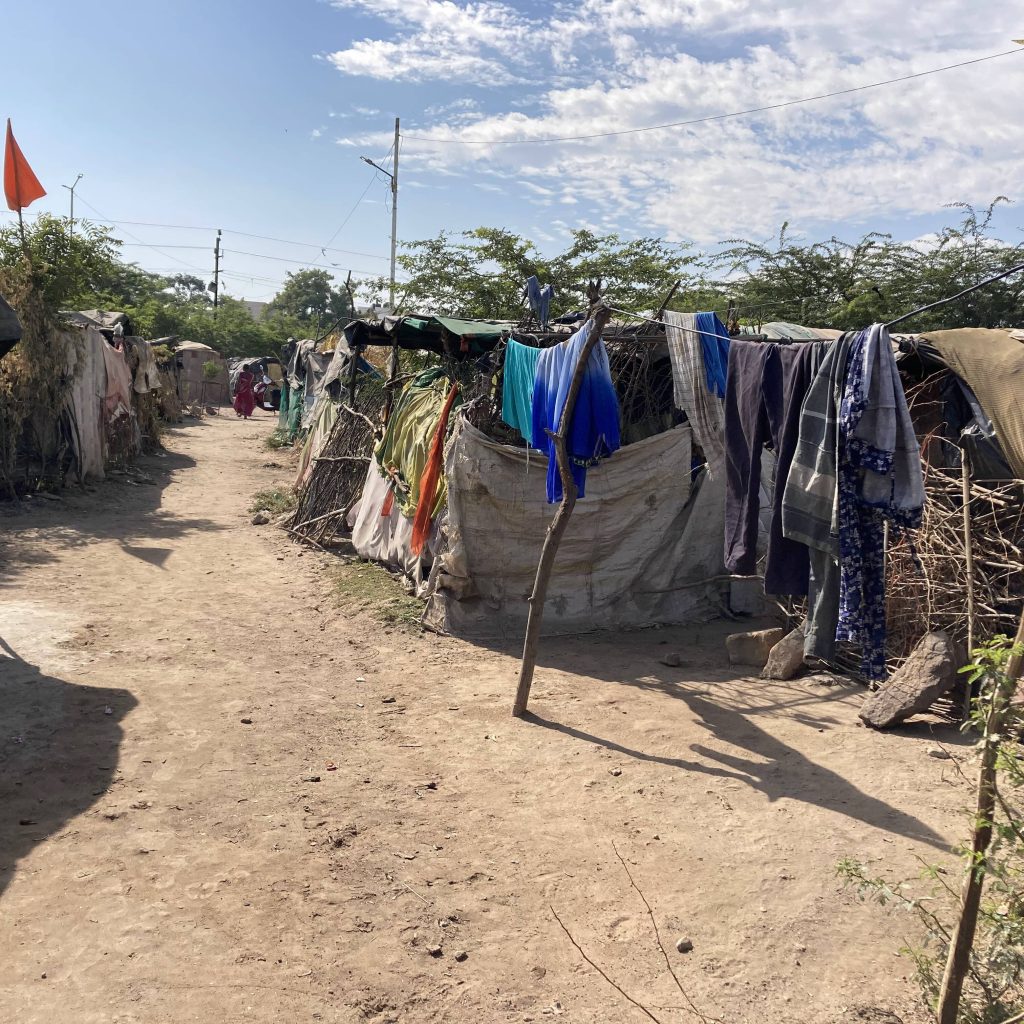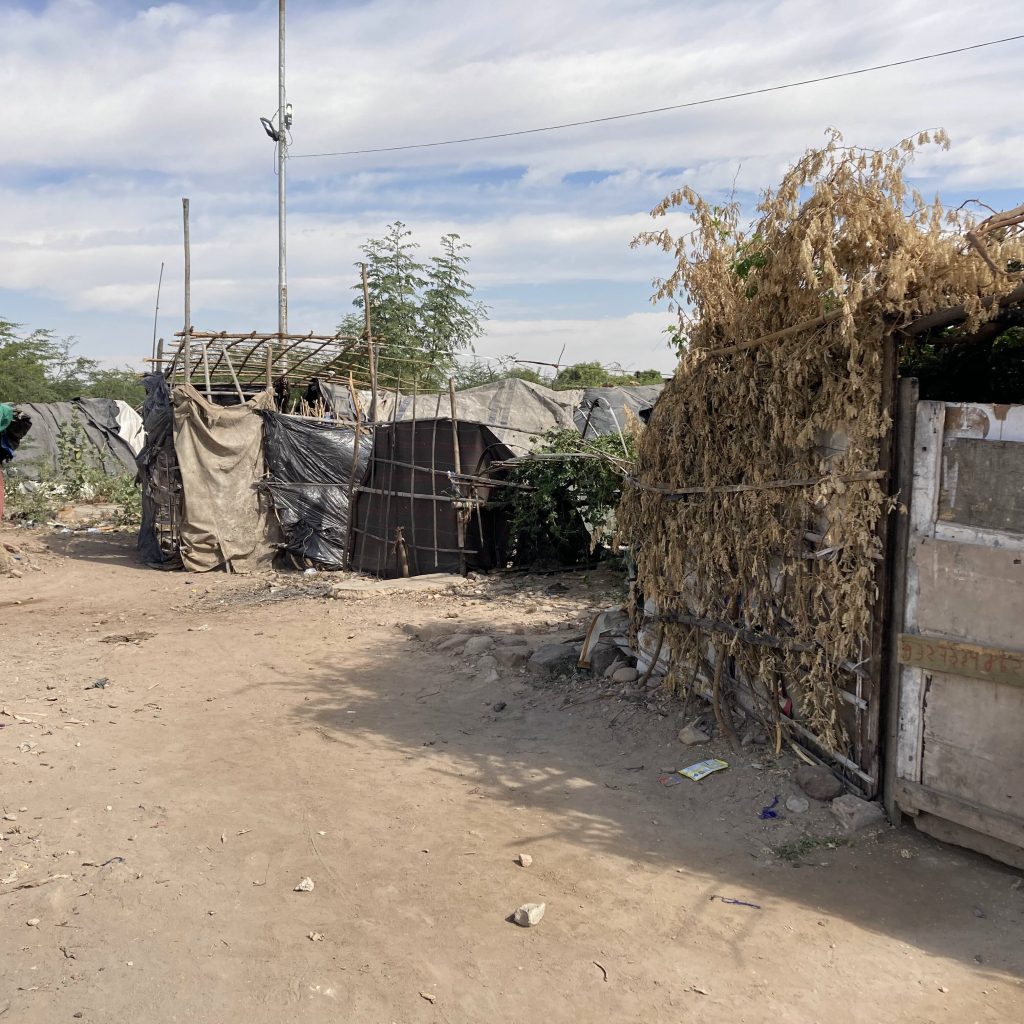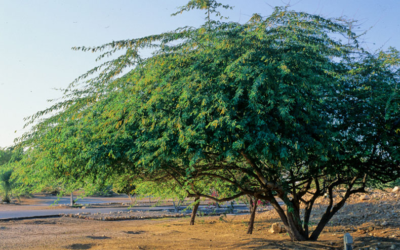Disclaimer: This blog is a translation of a case study written by the Urban SETU team, working with migrants and the Nagar Palika of Bhuj city in Gujarat. If you read Gujarati, you can read it here!
I have only connected the idea of The Tragedy Of The Commons and added my interpretation in a few paragraphs.
We say that the commons are prone to tragedy, that the use of a common pool of resources by the public will lead to exploitation and overuse. According to the tragedy of commons, individual actors or players will choose to act in their self-interest and behave contrary to the common good of all users. In that sense, we have accepted that our federalist, and socialist country holds these resources and regulates their use.
But if people do not or cannot pay for that resource, are they not entitled to it? Are the people in need not to be given land that lies bare while they live on the edge of roads, in makeshift homes? The question that arises in my mind then is, Who are the commons really for?
This question arose out of my visit to a migrant worker living on the edge of Bhujio hill for the purpose of a survey, and her old neighbours in Khasra ground in Bhuj. The hill lies at the edge of the city and was a part of the fort that overlooks the town and forms a circular wall between which the city once used to lie.
Their makeshift homes are on what is classified as government land, even though it housed the leftover ruins and bricks from the city in 2001, post-earthquake. But, even making space for themselves in the city that they work in, came and continues with many struggles.
The word ‘migrant’ is defined as ‘a person who moves regularly in order to find work especially in harvesting crops’ as per the Merriam-Webster dictionary. The context here can be easily observed from the temporary settlements migrants reside in, leaving in the early morning hour to go to their place of work and returning in the evening.

In Bhuj, migrants mainly live in small clusters in three areas. These are Bhujio Dungar and the base of the hill, the RTO area and road, and lastly near the Leva Patel Institute. Specifically, the people SETU Abhiyan engages with, come with their families from Madhya Pradesh, Rajasthan, Uttar Pradesh, and Bihar. They mostly engage in masonry work, plumbing, labor for projects in and around the city. Their residences comprise of mud houses, with wood beams and plastic to cover the roofs in open lands.
Since their homes in other states do not provide them with a lot of options for occupations other than dry farming, (and those that do, do not promise timely pay), they are often forced to take loans for special occasions such as engagements, weddings, or family functions. For those coming from Madhya Pradesh and Rajasthan, the festivals of Holi and Navratri hold special importance. After these festivities, people migrate to get work for six to eight months, save money and pay off loans.
In 2018, a ‘development’ project was to be inaugurated for Bhujio hill. This was multiple structures, a museum and a large parking lot. It would be made into a memorial for citizens who lost their lives during the earthquake that struck Kutch in 2001. It would also increase tourist visits to the area. In December 2018, one day, upon returning from work in the evening, the migrants were given a day’s notice to move and relocate with their belongings, else it would be done forcefully by Nagar Palika, the next morning.
With anxious worry for where they would go, the migrants called many people, reaching for help from any and every one they could ask. Upon discussing it with SETU Abhiyan, they were reassured of their place and were instructed to act together. SETU team had just returned from Ahemdabad after attending an exposure visit to Majur Adhikar Manch along with Mamta ben. She is a migrant labourer from Madhya Pradesh, currently living near Bhujio, also an active member of Nirman Saathi Sangathan (Migrant Workers’ Association), a group in the process of getting legally registered. They gathered people, motivated them and prepared for the steps to be taken the next day.
Around 9 AM on 26th December 2018, the Nagar Palika came prepared with their team, including the Deputy Collector, and the Nagar Palika CO – Mamta Ben. The migrants refused to move their huts until another site was allotted to them, where they would not face any interference. After discussions between the Deputy Collector and the CO, the government’s land on Khasra ground was allotted for this purpose. Khasra ground was once a “taalav” that dried up before the earthquake in 2001. Since then, it has been a place to dump the city’s rubble and trash, as government property.
Being on the other side of the city, a tractor was called to assist in this shift. A J.C.B. machine removed the bushes and levelled the ground. This does not mean that the area has been cleaned completely, or that it is an even ground to live on. Water was provided to the people through a tanker, and slowly through the coming month, the settled migrants were able to avail regular light as well as a stand post for water facility.
To make sure that people living on the ground would settle in a planned manner, SETU helped in allocating 10 by 10 feet land for houses, with systems for pathways to walk between them, and proper waste and garbage disposal.

It was a challenging time for migrants, from having been in distress since the last evening to negotiating their survival in the city and moving to a new location with all their belongings, just in a day’s time. Amidst their worries, they had not eaten since morning. So SETU staff accompanied them for dinner organized in Khasra ground itself. An atmosphere of joy slowly arose, with hope for a better life where the migrants would not be moved around constantly and would be able to avail basic facilities.
At present, 30 to 40 families reside in Khasra ground. There is water supply through a stand-post, solar streetlights, and a health system in place along with an aanganwadi for the children of workers. A mobile toilet system was placed at the ground and then removed, due to non-usage. There is an ongoing battle between the Nagar Palika, civil society groups and the migrants’ newly formed association for the structure that will be constructed for them.

As an economics student, the first thing that has come to my mind every time I have passed animals grazing along the road has been indeed, the example of cows in a common meadow, as explained in the Tragedy of Commons. The failure to solve this famous dilemma seemed fairly obvious to me on paper, until one day, when it simply wasn’t.
Walking through Khasra ground feels like a community hidden behind walls made of branches and houses barely holding themselves together with ill-fitting pieces of wood.
If land is a tourist attraction, clean water is expensive and mobile toilets are scarce enough to be removed upon non-usage, perhaps, the singular perspective of looking at the commons as a good needs rethinking, with a fresh look at those who seem to need them the most.
What makes me greatly introspect about is the fact that this connection took so long to make, that theory applies to humans – all humans. The contradictions that academia and real life hold are something I am realizing far too late. It should not have taken me a trip to another state to have understood an issue that was a common view for me while growing up in the capital of this country.
P.S. I will continue to explore this story and interpret the idea of the commons through the coming blogs.




0 Comments